The Touchbar on the MacBook honestly felt like a solution without a concrete problem. It was designed to be a highlight feature without a highlight purpose, and was probably reduced to being something that people used just as a volume slider while watching videos. The Touchbar, in my opinion, failed because it lacked the two C’s – Context, and Customizability. CORSAIR’s iCUE NEXUS fixes that with its infinitely customizable little keyboard attachment that does anything from work as a miniature app launcher to a control panel, to even an always-on ticker tape that lets you see your computer stats or the GameStop stock price!
The CORSAIR iCUE NEXUS forms a modular add-on to CORSAIR’s line of high-end performance and gaming gear. The nifty little gadget can be used independently or snapped right to the top of a selection of CORSAIR keyboards, turning them into command-centers. Powered by the company’s iCUE software, the gadget’s screen can be entirely customized, fitting as many as 6 different buttons or modules into it to suit your needs. You can create custom layouts that change based on the program you’re running, and the capacitive-touch display lets you do everything from tapping to sliding. The screen measures 5-inches diagonally, and comes with a resolution of 640×48. The iCUE NEXUS’s power, however, lies in its contextual flexibility, letting you control practically any aspect of your computer with it. As mentioned earlier, you could use it to launch programs, but you could even control options within each program, changing features, display settings, or even controlling your computer audio with it. Moreover, it ties in with CORSAIR’s other equipment too, letting you customize and change color layouts on your keyboard, mouse, and desktop, activate or mute your headphone’s microphone, or even monitor your machine’s performance and control aspects like fan-speed, etc. With the ability to customize up to 256 screens at once, the iCUE NEXUS promises to do what the Touchbar could not. It focuses heavily on context, while giving you an infinite world of customizability.
Designer: CORSAIR
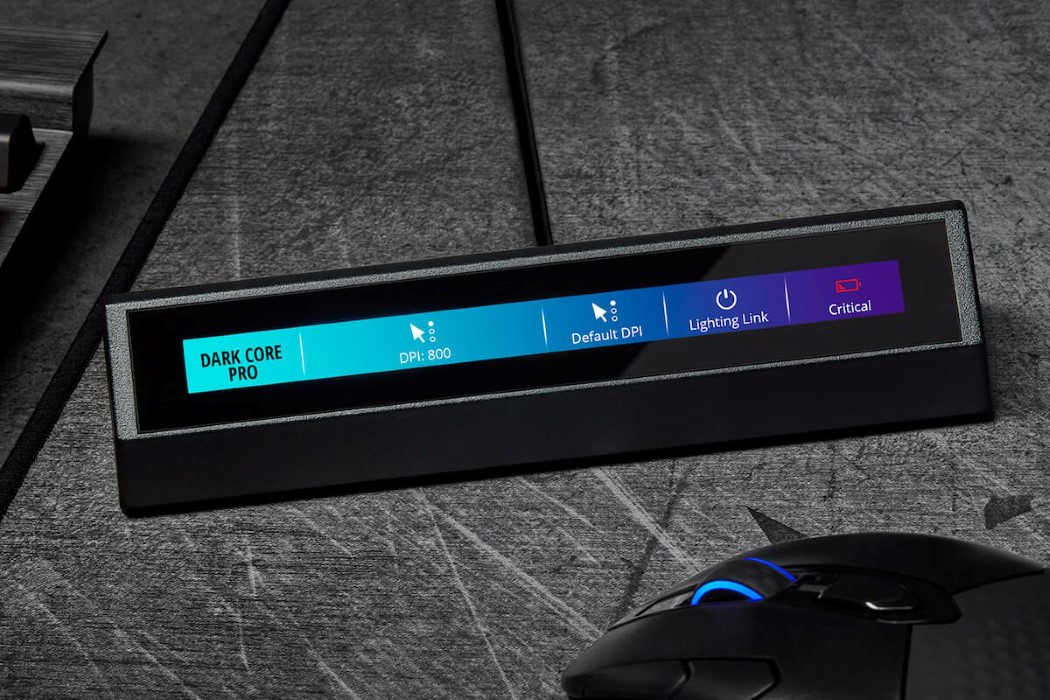
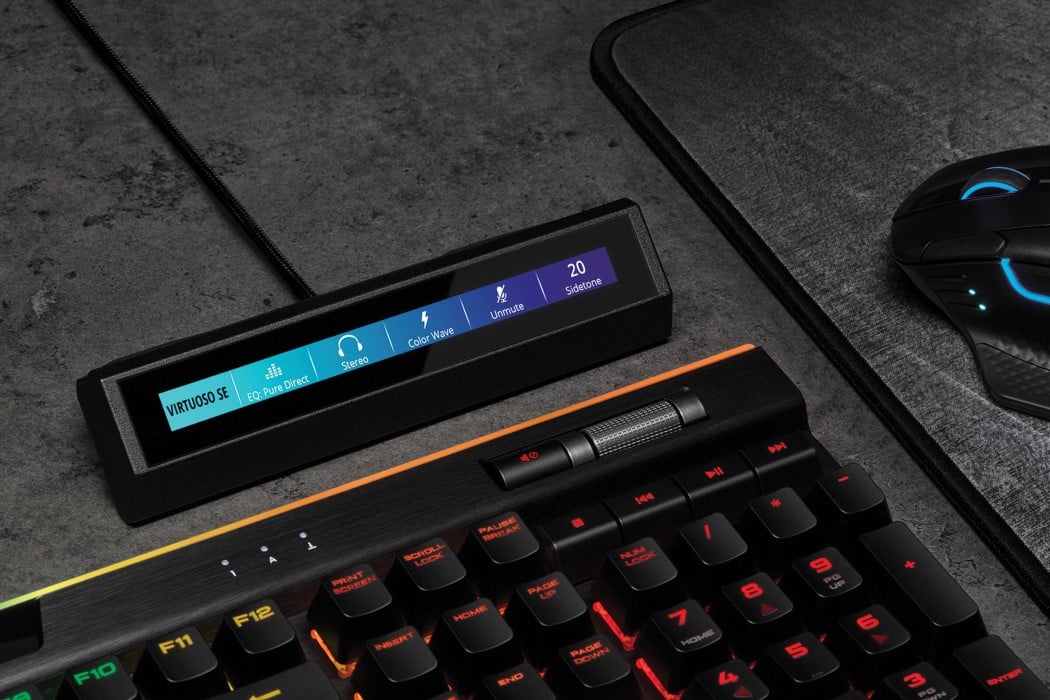
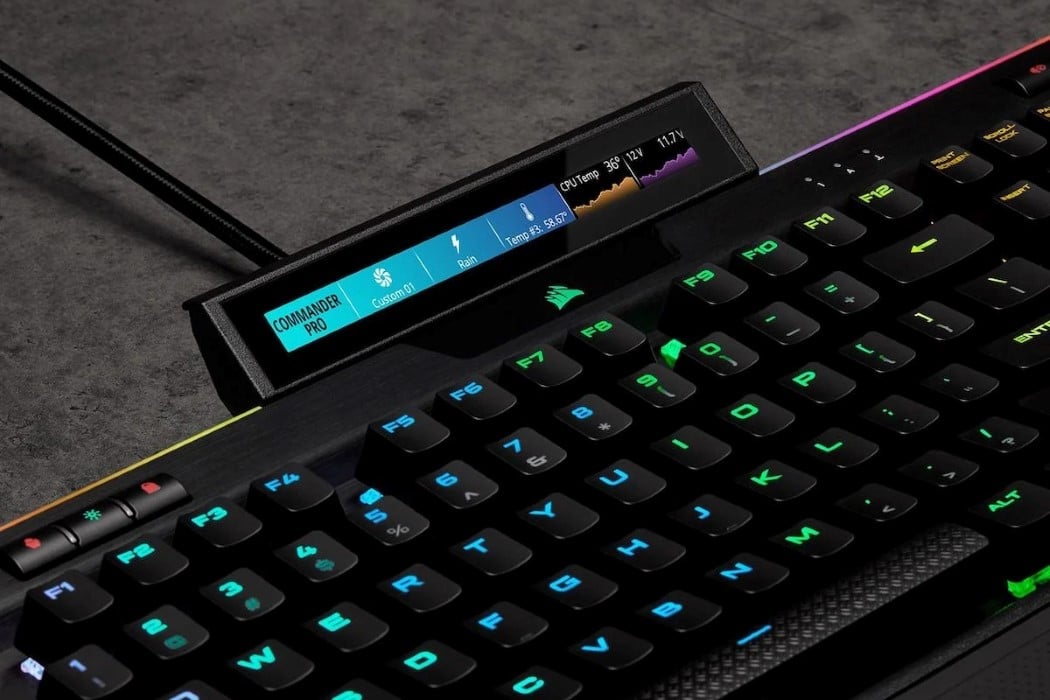
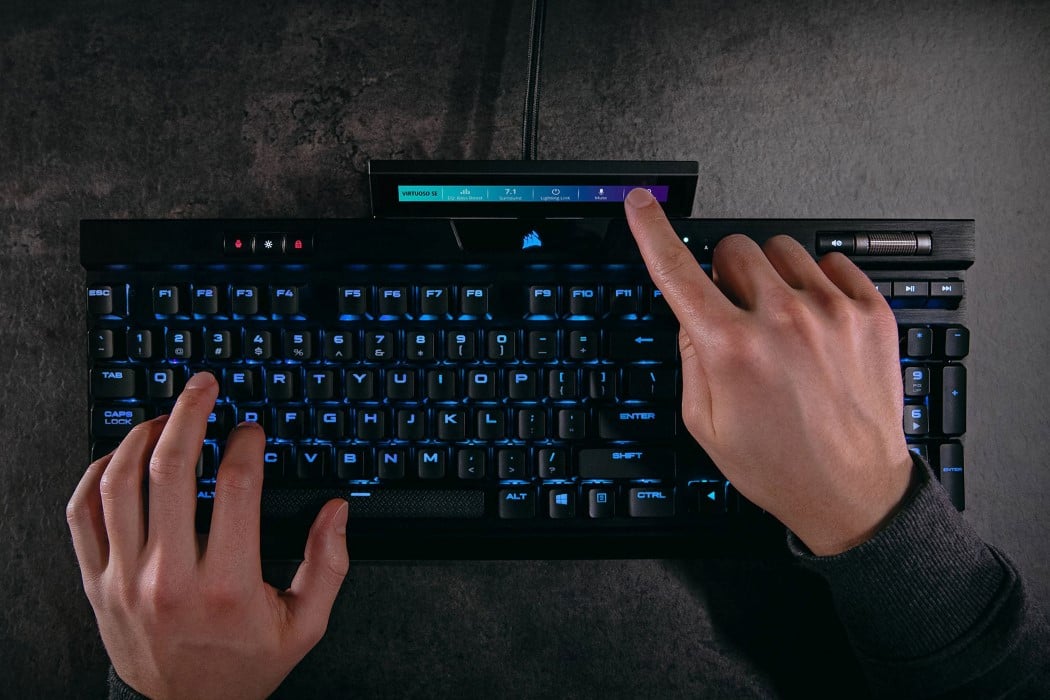
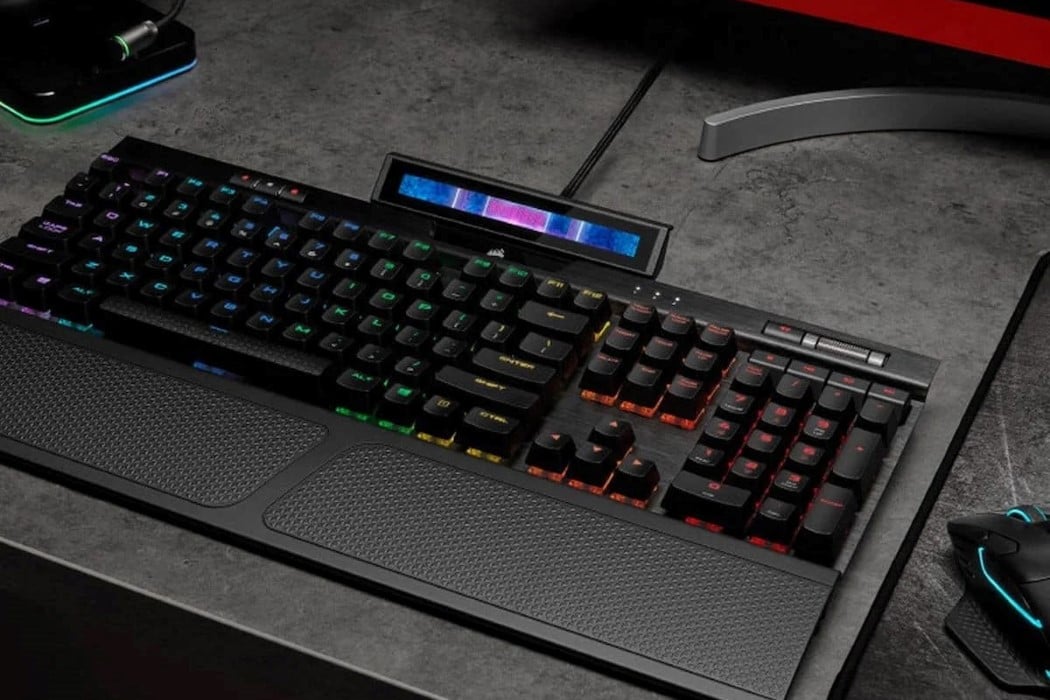
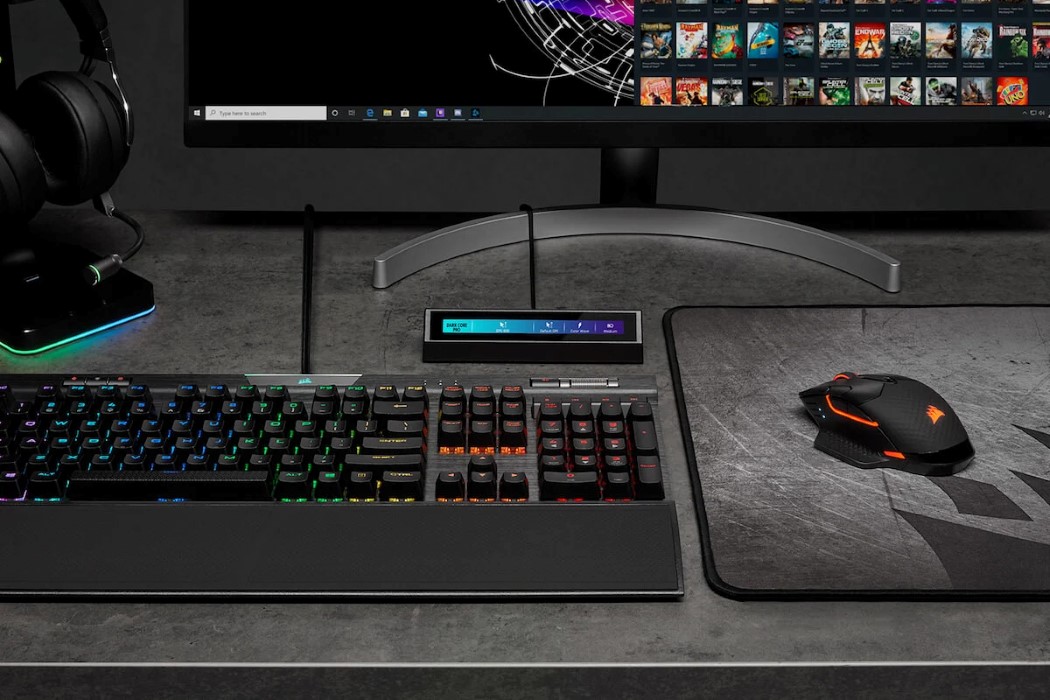


 high fidelity low latency codecs that provide lag-free audio while you game. Although it is as much as 70% slimmer than its predecessor, it does give your Switch Lite a tiny little chin, which is why Genki even has a custom dual magnetic flip case called the Force Field that allows you to keep your Switch Lite protected while the Audio Lite is plugged in.
high fidelity low latency codecs that provide lag-free audio while you game. Although it is as much as 70% slimmer than its predecessor, it does give your Switch Lite a tiny little chin, which is why Genki even has a custom dual magnetic flip case called the Force Field that allows you to keep your Switch Lite protected while the Audio Lite is plugged in.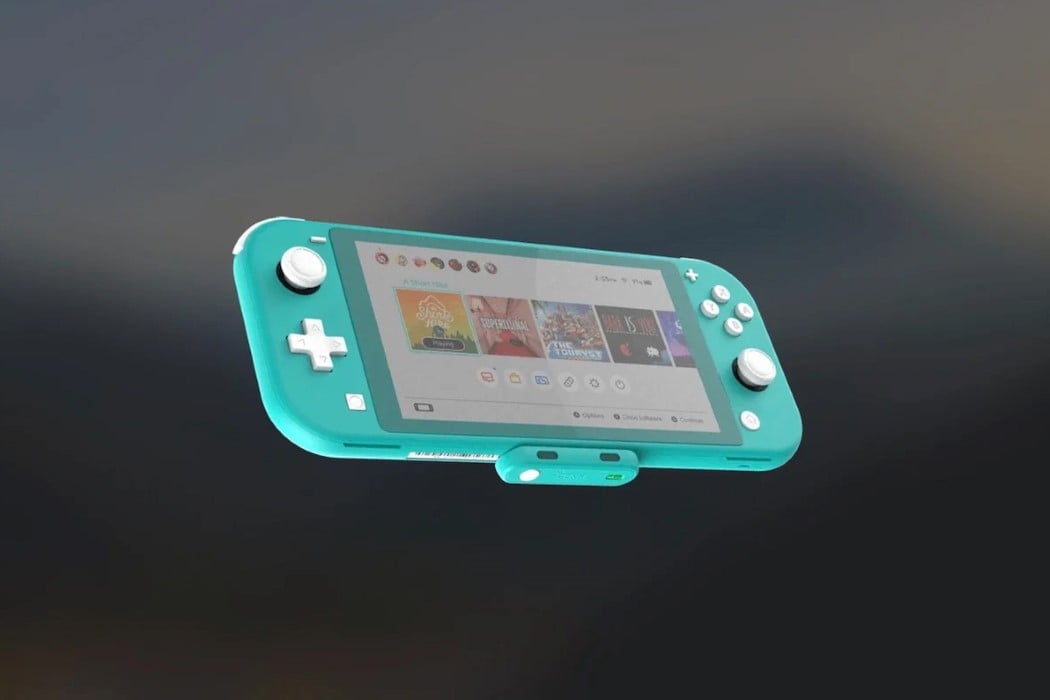

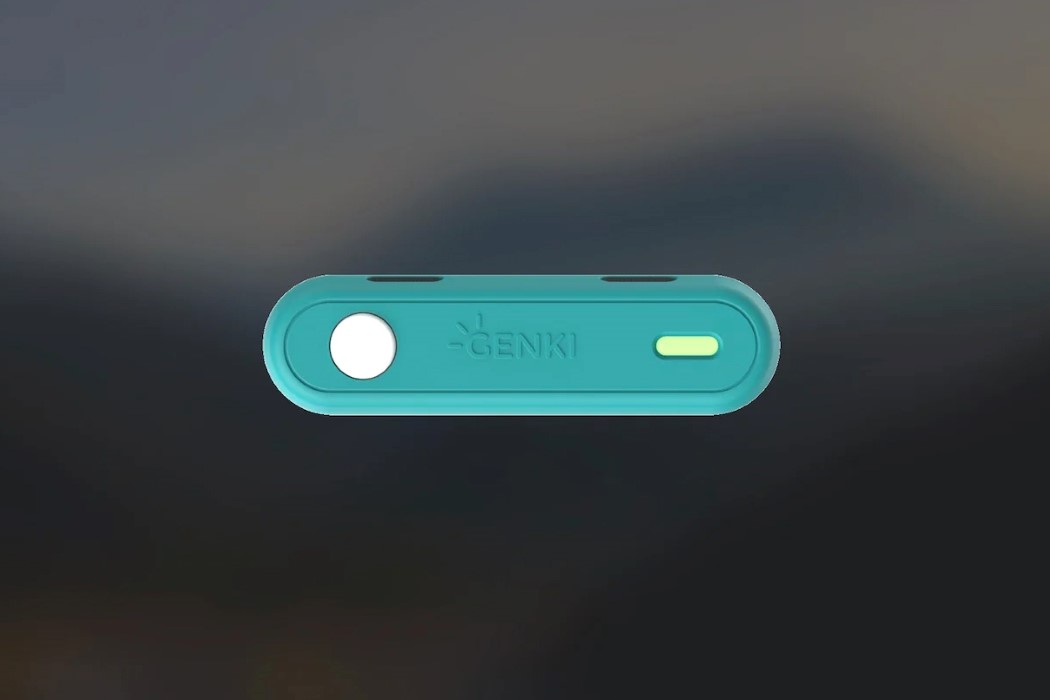
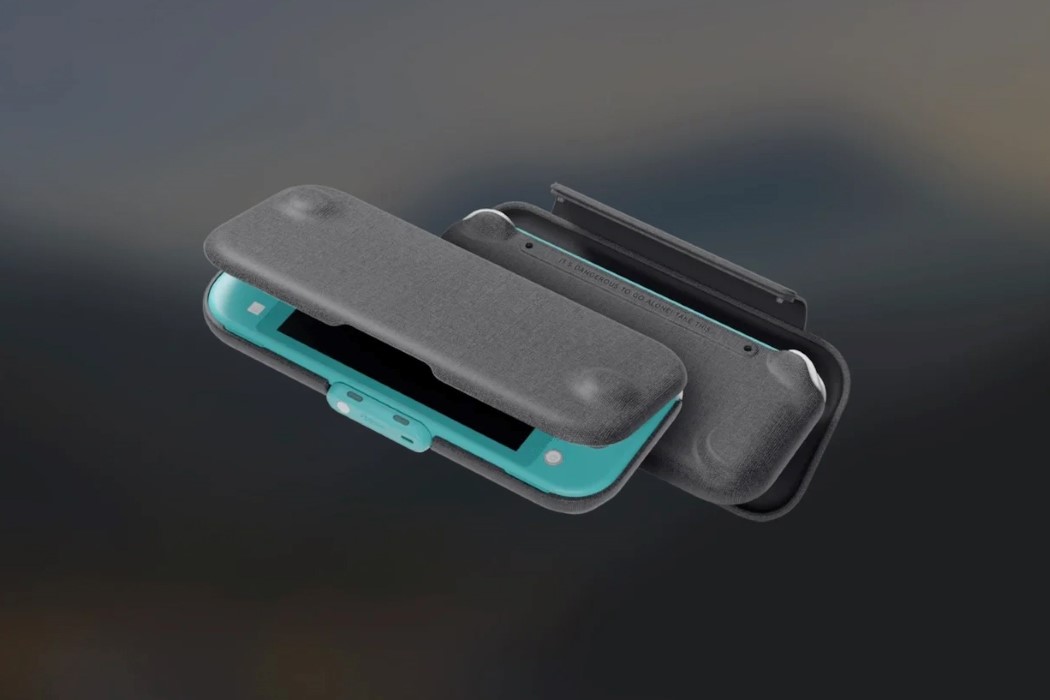















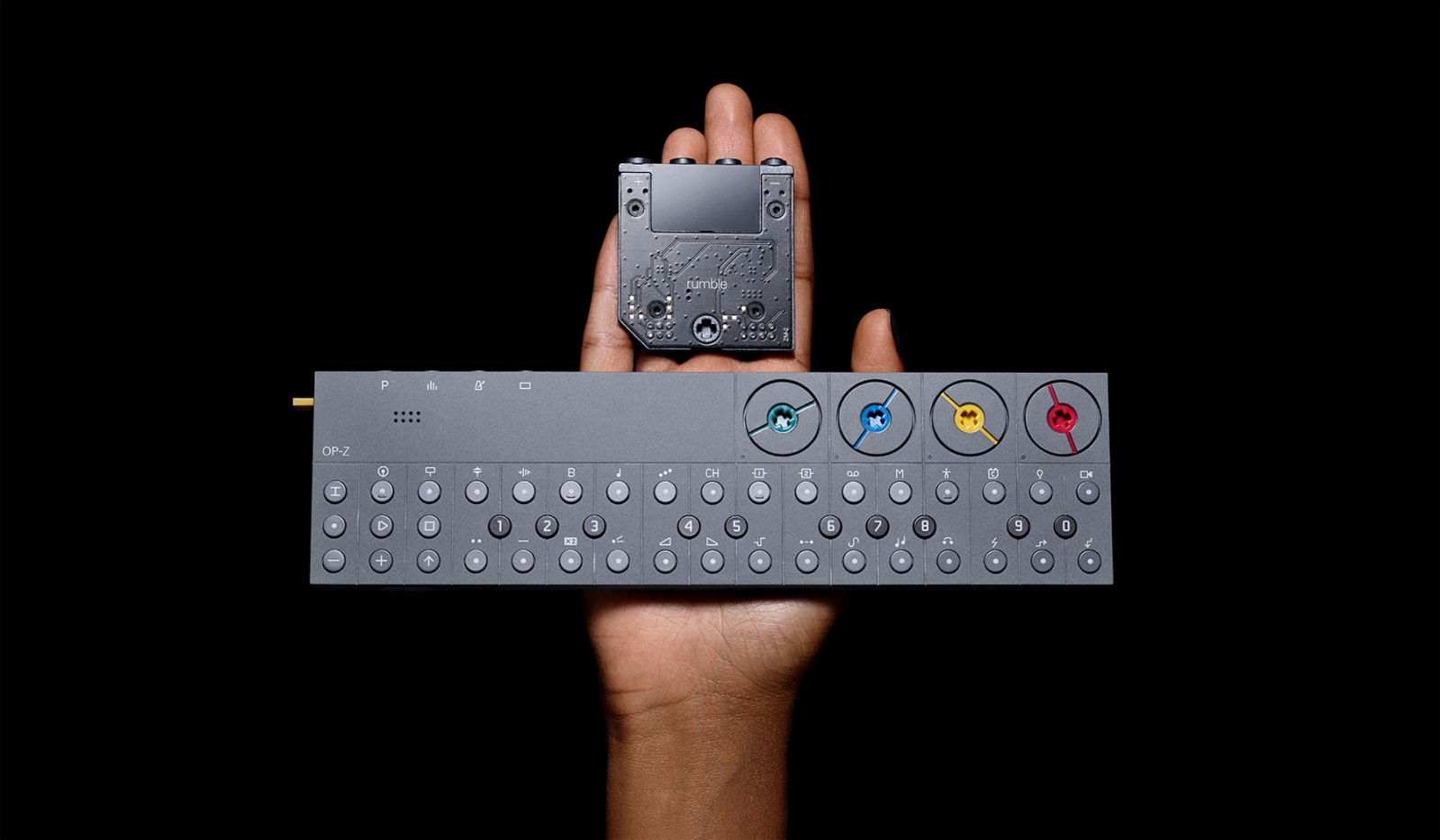 When I reviewed the OP-Z from Teenage Engineering, I was most curious about the expansion port. The diminutive portable synth and sequencer already packed a lot of musical power into a small box. The fact it could be further expanded was exciting. To...
When I reviewed the OP-Z from Teenage Engineering, I was most curious about the expansion port. The diminutive portable synth and sequencer already packed a lot of musical power into a small box. The fact it could be further expanded was exciting. To...
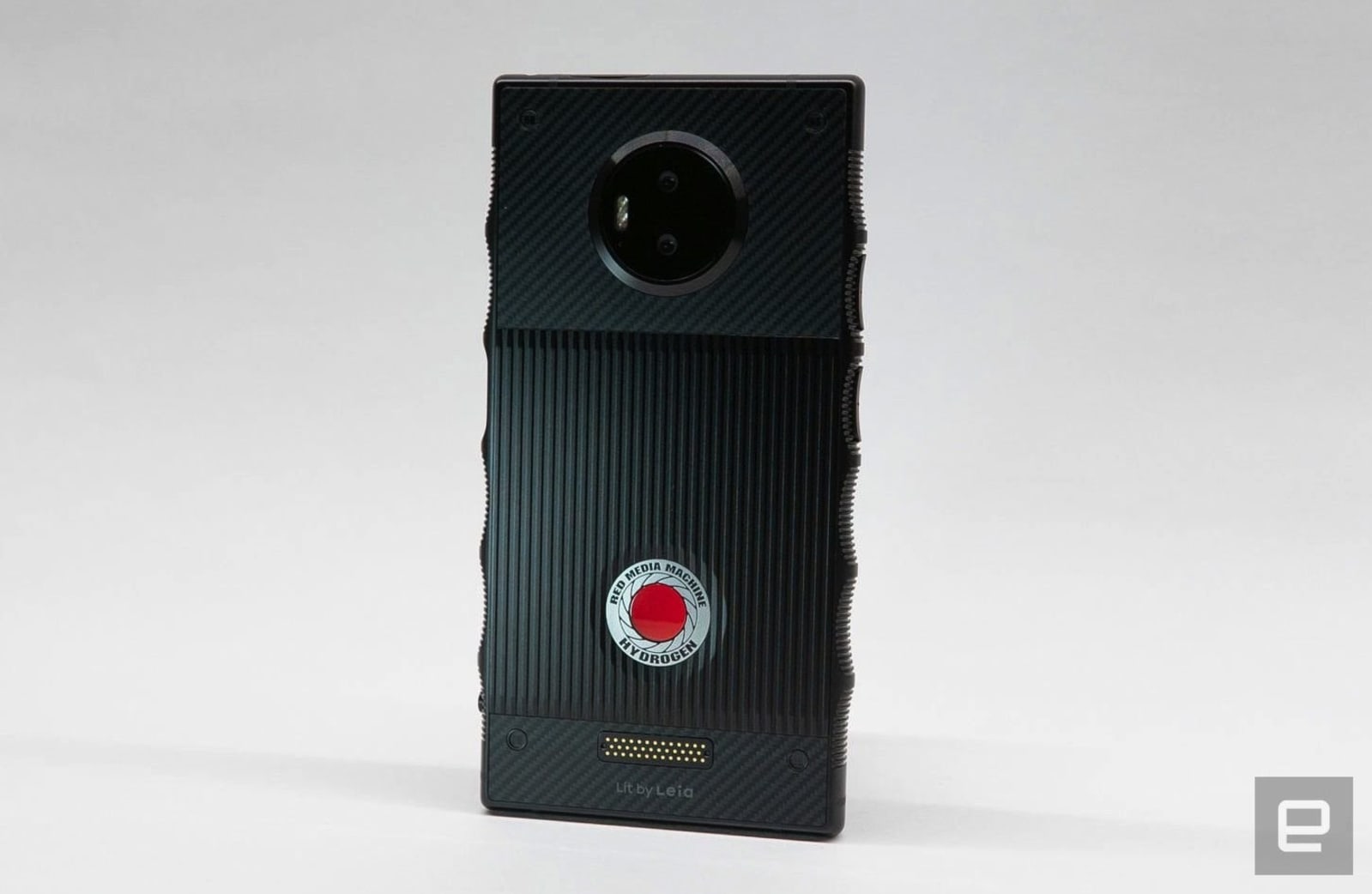 RED's much-hyped, camera-centric smartphone, the Hydrogen One, received some pretty damning reviews when it launched last year: the screen was poor quality, its headline photo features were disappointing and its camera software was rough around the e...
RED's much-hyped, camera-centric smartphone, the Hydrogen One, received some pretty damning reviews when it launched last year: the screen was poor quality, its headline photo features were disappointing and its camera software was rough around the e...






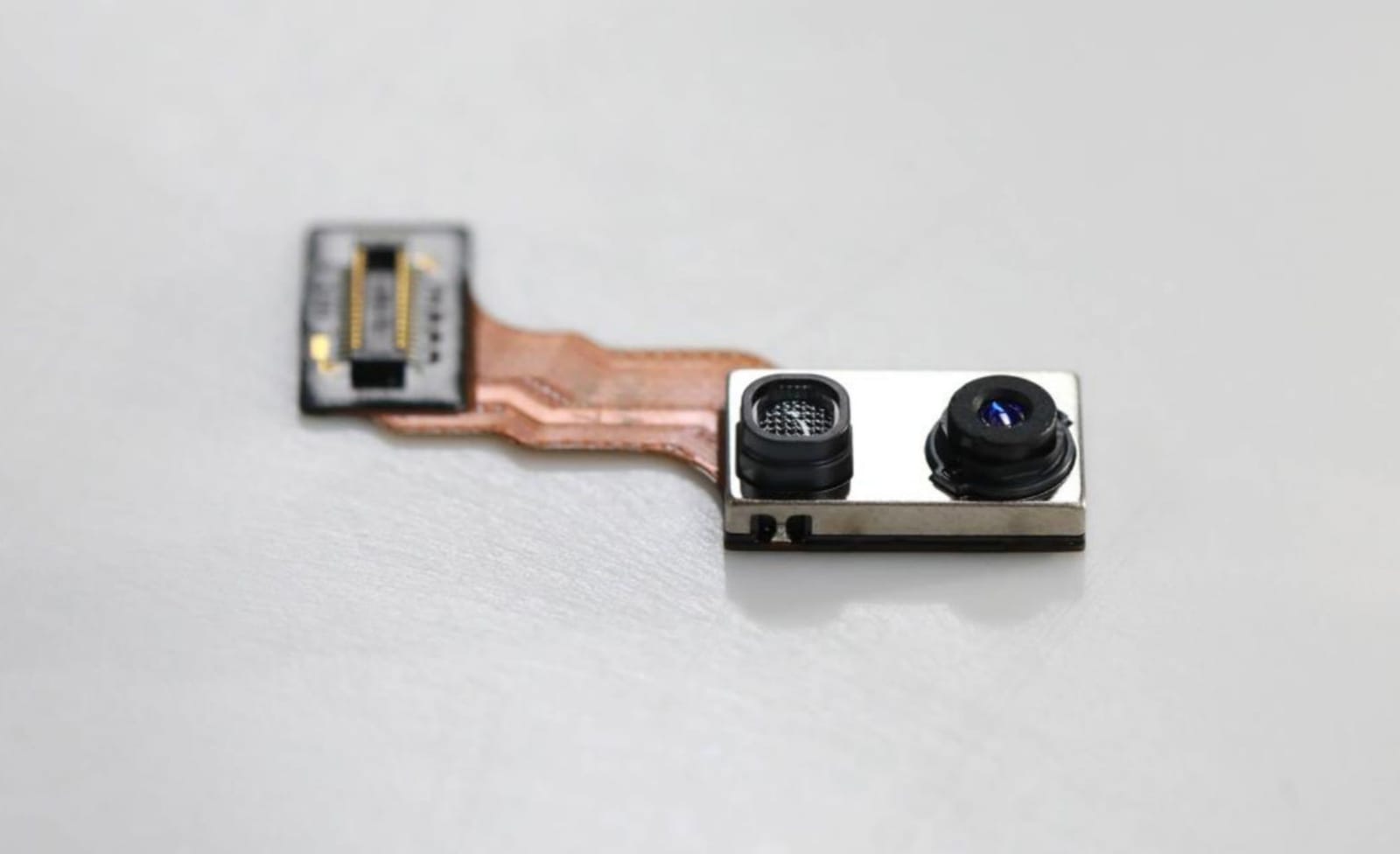 LG has revealed more details about the "Time of Flight" sensor that will likely power the G8 ThinQ's touchless gestures. Built by LG's Innotek division, it reflects infrared light off of a subject, measures how long it takes to return and uses the da...
LG has revealed more details about the "Time of Flight" sensor that will likely power the G8 ThinQ's touchless gestures. Built by LG's Innotek division, it reflects infrared light off of a subject, measures how long it takes to return and uses the da...

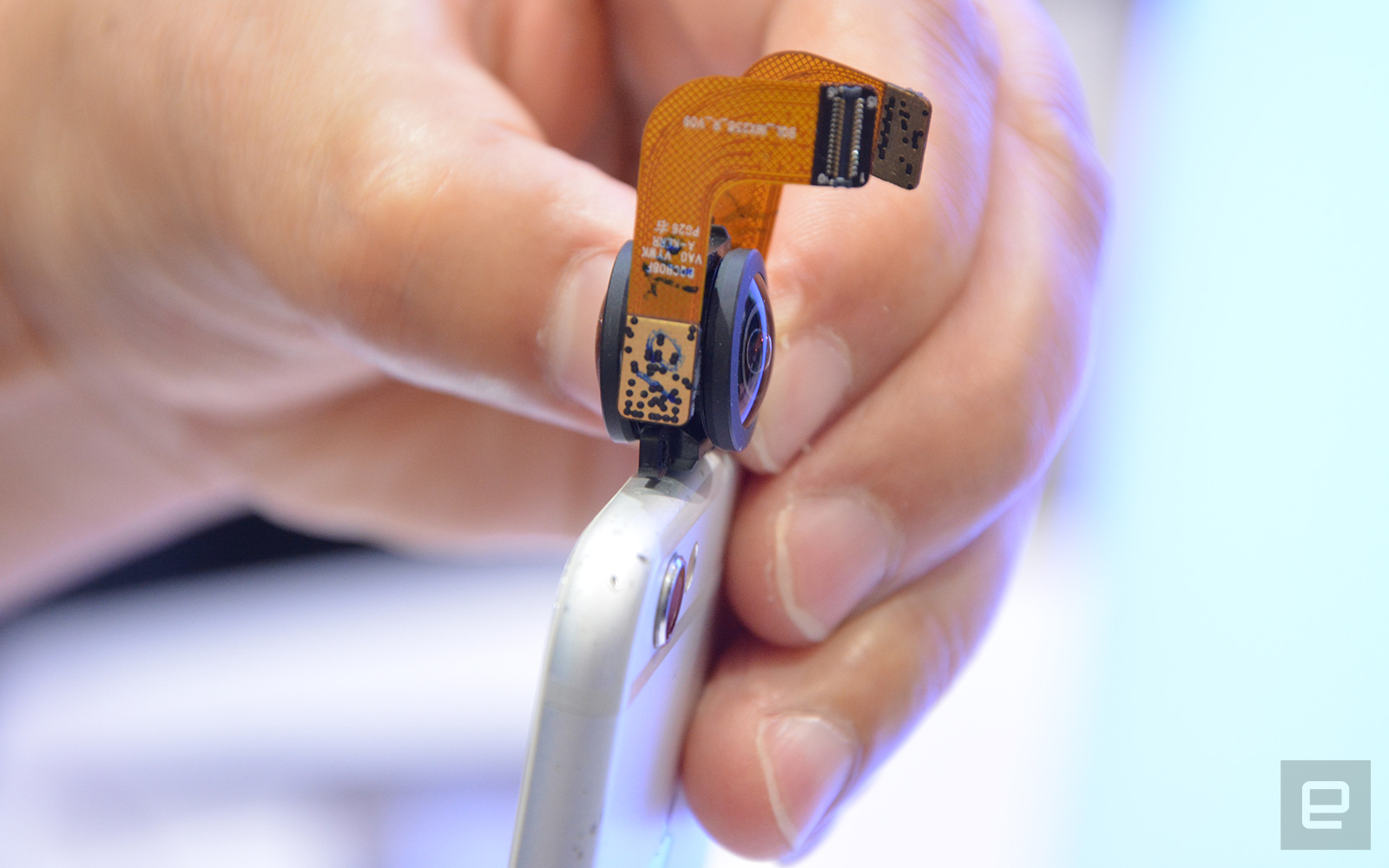 You're probably not aware of this, but a Chinese company dubbed ProTruly has already released the world's first two smartphones with a built-in 360 camera last December. Don't worry if you missed the news, because chances are you'd be put off by the...
You're probably not aware of this, but a Chinese company dubbed ProTruly has already released the world's first two smartphones with a built-in 360 camera last December. Don't worry if you missed the news, because chances are you'd be put off by the...
 Mesh networking has become trendy for folks looking to fill every nook and cranny of their homes with WiFi. So it should be no surprise that the makers of the most iconic router ever is unveiling its own system. The Linksys tri-band Velop setup is a...
Mesh networking has become trendy for folks looking to fill every nook and cranny of their homes with WiFi. So it should be no surprise that the makers of the most iconic router ever is unveiling its own system. The Linksys tri-band Velop setup is a...